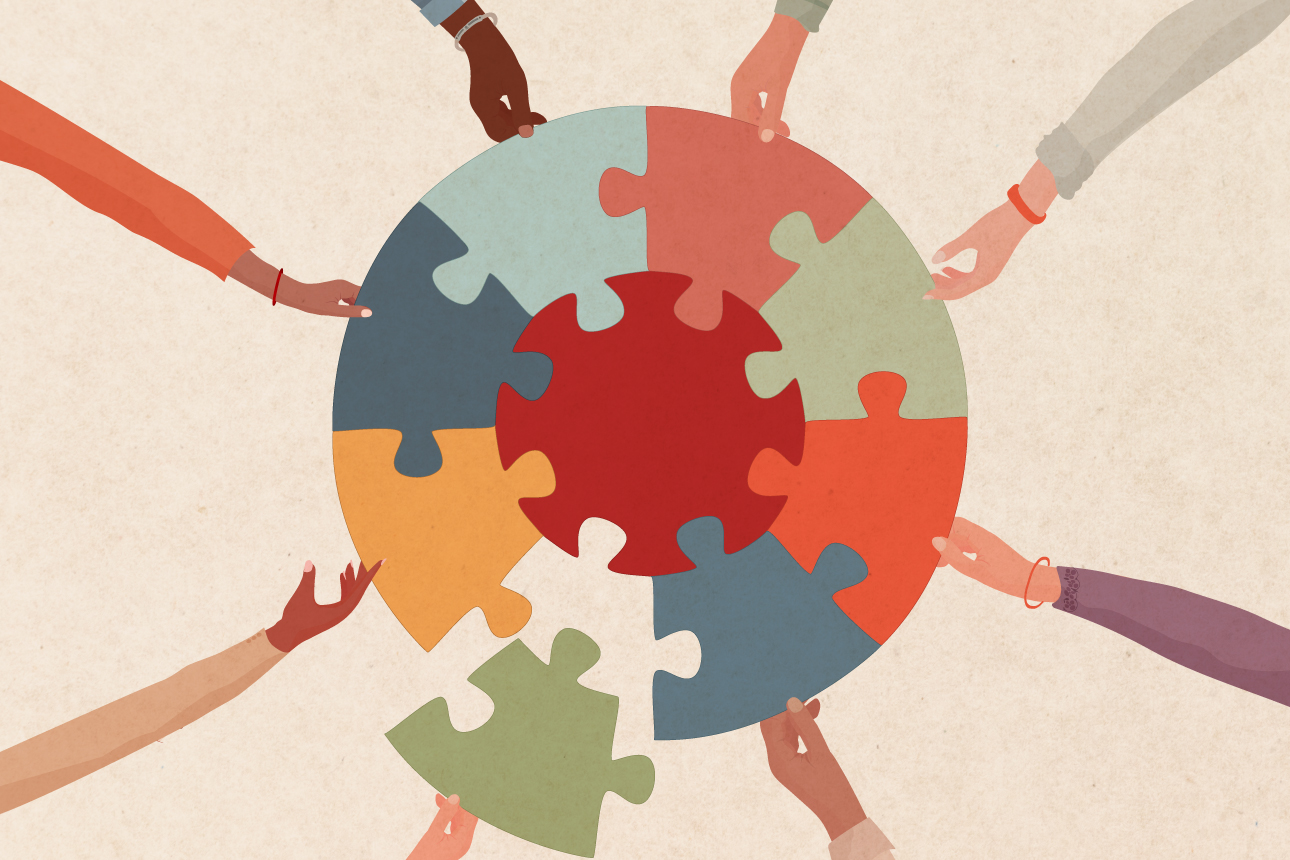(866)223-5699
(866)223-5699

Greenpeace has long stood at the forefront of global environmental advocacy, rallying for change in policies, practices, and perceptions that harm our planet. At the heart of its success lies one indispensable tool: accurate climate data measurement. By leveraging robust data collection and analysis methods, Greenpeace enhances its ability to understand environmental challenges, devise effective campaigns, and hold stakeholders accountable. In this blog post, we delve into how precise climate data measurement drives Greenpeace’s mission and the broader environmental movement.

Climate change is an intricate and multifaceted crisis, influenced by various natural and anthropogenic factors. Accurate climate data measurement allows Greenpeace to:
Track Environmental Changes:
Precise data on temperature fluctuations, sea level rise, and greenhouse gas (GHG) emissions help monitor trends and pinpoint areas of concern.
For instance, satellite imagery and ocean buoy systems provide real-time insights into polar ice melt and coral bleaching, critical indicators of global warming.
Assess Impacts on Ecosystems:
By analyzing changes in biodiversity and habitat health, Greenpeace can assess the ecological impacts of climate change.
Accurate data helps identify which species and ecosystems are most at risk, enabling targeted conservation efforts.
Validate Scientific Findings:
Reliable data supports the scientific consensus on climate change, countering misinformation and skepticism.
By relying on peer-reviewed methodologies, Greenpeace ensures its campaigns are grounded in sound science.

Greenpeace’s advocacy efforts rely heavily on storytelling and factual evidence. Accurate climate data measurement amplifies the impact of its campaigns in several ways:
Informing Policy Advocacy:
Greenpeace uses precise climate data to advocate for policies that address environmental issues, such as renewable energy adoption and deforestation prevention.
Detailed emissions data, for example, can be instrumental in lobbying for stricter GHG regulations.
Empowering Grassroots Movements:
By sharing accurate and accessible data with local communities, Greenpeace empowers individuals to take informed action.
Citizen science projects, supported by reliable data, amplify collective efforts to combat climate change.
Exposing Environmental Violations:
High-quality data enables Greenpeace to identify and expose industries or governments that violate environmental laws or commitments.
Examples include documenting illegal logging through satellite data or measuring air quality near industrial sites.
In recent years, advancements in technology have transformed how climate data is measured, analyzed, and disseminated. Greenpeace leverages these technologies to enhance its operations:
Remote Sensing and Satellite Imagery:
These tools provide comprehensive data on deforestation, glacier retreat, and ocean acidification.
Greenpeace has used satellite imagery to expose large-scale environmental destruction, such as Amazon rainforest deforestation linked to agricultural expansion.
IoT and Sensor Networks:
Internet of Things (IoT) devices enable continuous monitoring of environmental parameters like air quality, water pollution, and soil degradation.
These technologies are particularly useful in urban areas, where Greenpeace campaigns for cleaner energy and transportation systems.
Big Data Analytics:
By analyzing vast datasets, Greenpeace identifies patterns and correlations that inform strategic decision-making.
Predictive analytics, for instance, can forecast the impacts of climate policies, helping prioritize interventions.
Open Data Platforms:
Sharing accurate climate data on open platforms fosters transparency and collaboration.
Greenpeace’s use of open data initiatives ensures that researchers, policymakers, and activists have access to reliable information.

Accurate climate data plays a pivotal role in holding stakeholders accountable for their environmental responsibilities. Greenpeace’s efforts in this area include:
Corporate Accountability:
By analyzing corporate emissions data, Greenpeace identifies industries contributing disproportionately to climate change.
Campaigns like “Detox”, which targets the fashion industry’s environmental impact, are fueled by hard data on pollution and resource usage.
Government Oversight:
Climate data helps Greenpeace evaluate whether governments are meeting their commitments under international agreements, such as the Paris Agreement.
By publishing detailed reports, Greenpeace pressures policymakers to take meaningful action.
Consumer Awareness:
Greenpeace uses data to educate consumers about the environmental impacts of their choices, from energy consumption to food sourcing.
This empowers individuals to demand more sustainable practices from corporations and governments.

In addition to advocacy and accountability, accurate climate data measurement is vital for mitigating risks and enhancing resilience in vulnerable communities:
Disaster Preparedness:
Early warning systems, informed by climate data, help predict and prepare for extreme weather events.
Greenpeace collaborates with local organizations to disseminate critical information in disaster-prone regions.
Adaptation Strategies:
Data on changing weather patterns and resource availability supports the development of adaptive strategies for agriculture, water management, and infrastructure.
Greenpeace’s initiatives often focus on promoting resilient practices in communities most affected by climate change.
Funding and Resource Allocation:
By highlighting data-driven risks, Greenpeace helps channel funding to the areas that need it most.
This ensures efficient use of resources for maximum environmental and social impact.

Accurate climate data fosters collaboration across borders and disciplines. Greenpeace leverages this data to:
Engage International Stakeholders:
Climate data informs discussions at global forums, such as COP (Conference of the Parties) meetings.
Greenpeace’s participation in these events ensures that environmental justice remains a priority on the international agenda.
Strengthen Partnerships:
Data sharing enhances partnerships with academic institutions, NGOs, and private organizations.
Collaborative research projects benefit from Greenpeace’s extensive data resources, leading to innovative solutions.
Promote Equity and Inclusion:
By highlighting disparities in climate impacts, Greenpeace advocates for equitable solutions that prioritize marginalized communities.
Data on vulnerabilities, such as exposure to pollution or lack of access to renewable energy, drives inclusive decision-making.

Despite its benefits, accurate climate data measurement comes with challenges, such as:
Data Gaps and Accessibility:
In some regions, especially in developing countries, the lack of infrastructure hampers data collection.
Greenpeace addresses this issue by investing in localized monitoring systems and promoting open data initiatives.
Political and Economic Barriers:
Resistance from powerful stakeholders can hinder data transparency.
Greenpeace’s independent funding and advocacy efforts ensure that accurate data remains accessible and actionable.
Technological Limitations:
While advanced technologies improve data collection, they also require significant investment and expertise.
Greenpeace’s partnerships with tech organizations help bridge these gaps, ensuring cutting-edge solutions are deployed effectively.

As the climate crisis escalates, the role of accurate data measurement in environmental advocacy will become even more critical. Greenpeace is committed to:
Expanding Data Coverage:
By deploying more sensors, satellites, and citizen science projects, Greenpeace aims to enhance its understanding of global environmental changes.
Innovating Measurement Techniques:
Emerging technologies, such as AI and machine learning, will revolutionize how Greenpeace analyzes and utilizes climate data.
Engaging the Public:
Through educational campaigns and interactive tools, Greenpeace will continue making climate data accessible and actionable for all.
Advocating for Systemic Change:
Ultimately, Greenpeace’s use of accurate climate data aims to drive systemic change, ensuring a sustainable future for the planet.
Accurate climate data measurement is not just a tool for Greenpeace; it is the foundation of its mission to protect and preserve the environment. By tracking changes, enhancing campaigns, holding stakeholders accountable, and fostering resilience, this data empowers Greenpeace to tackle the climate crisis effectively. As the challenges of the 21st century evolve, the importance of precise and transparent climate data will only grow, ensuring that Greenpeace remains a beacon of hope and action in the fight for a sustainable world.
Leave a comment